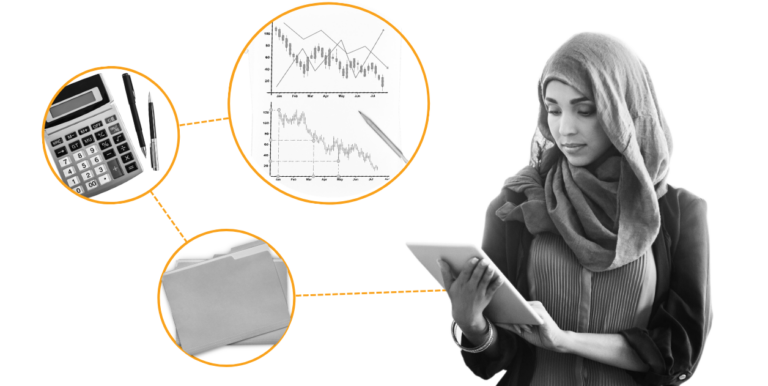Dollars and Change: What 8 years of giving data mean for fundraisers

As nonprofit fundraisers navigate the ever-evolving world of philanthropy, keeping up with donor trends is crucial. Dollars and Change, a new report from Candid, GivingTuesday, and Network for Good, takes a deep dive into eight years of data, shedding light on the patterns in charitable giving—and the factors that drive those patterns. Here’s a look at select key findings fundraisers should consider when planning their strategies.
A handful of major donors and grantmakers have an outsized influence
A small group of donors wields massive influence in the philanthropic landscape. Just 0.3% of individual donors—those giving more than $50,000 annually—are responsible for 45% of total donations. Similarly, the top 0.1% of institutional grantmakers, awarding over $100 million each year, represent 35% of all grantmaking dollars. This highlights the pivotal role that high-net-worth individuals and large foundations play in shaping the philanthropic landscape.
Fundraisers need to understand donors’ motivations
The data shows the size of a gift or grant often matters more to organizational sustainability than the type of donor—whether it’s from individuals or institutional funders. And to secure major donations and grants, fundraisers need to focus not only on donor demographics but also on the motivations behind major gifts. Understanding why donors give, especially at higher levels, can be a key factor in securing large, transformative contributions.
Giving priorities vary by donor type and grantmaker size
The report also reveals differences in giving priorities between individual donors and institutional funders and between grantmakers of varying sizes. Individual donors, regardless of contribution size, tend to prioritize human service organizations. In fact, about a third of individual donations over the eight-year period went to human services, with education and health as the next largest categories.
Institutional grantmakers, by contrast, are more focused on education, health, and public benefit organizations. However, the size of the grantmaker matters: Smaller and mid-sized grantmakers are more likely to fund human services, while larger grantmakers increasingly direct their dollars toward health and public benefit causes. This trend suggests that grantmaker size, rather than just type, plays a critical role in determining where funds are directed.
Economic factors affect giving
Economic conditions are a strong predictor of charitable giving, with both individual and institutional donors showing increased donations during strong economic periods. While microeconomic factors, like household income and stock market performance, have a more immediate and direct impact on giving, macroeconomic factors, such as GDP, influence giving with a delay. Larger donors and institutional grantmakers are more responsive to economic trends, with their giving patterns closely aligning with economic conditions. However, year-over-year fluctuations in giving are less directly tied to economic changes, suggesting other factors may also play a significant role.
Unlocking the full picture
Dollars and Change delves into these key trends and more, including year-over-year shifts in total giving from individuals and grantmakers, the relationship between giving and median incomes by state, and how geography influences giving patterns. For fundraisers, understanding these insights is critical to refining strategies, building stronger donor relationships, and, ultimately, driving better results. Explore the complete Dollars and Change report.






